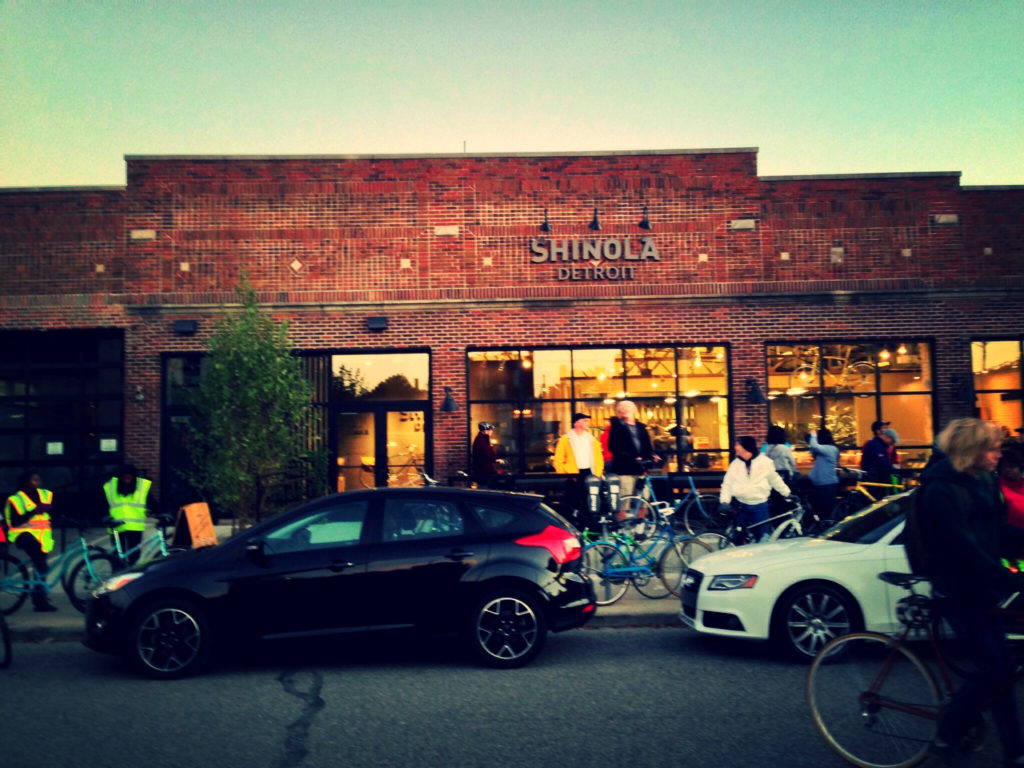After waiting in line, you walk in to find a bustling, energetic space filled with people. You observe the crowd to include a mix of hip, young couples, casual academic types, and others who look like they just stepped out to lunch between client briefs at their creative agency. You worry that you may not be cool enough to be here, but there is a positive, excited buzz in the air and a hostess welcomes you with an enormous, warm smile. You relax and start to look forward to the experience. This is definitely different.
You’d think that this was a description for the newest hipster cocktail bar or art gallery, but you would be wrong. This is the scene entering the Warby Parker retail location in Soho on a breezy, fall Sunday afternoon.
If you aren’t familiar with Warby Parker, it is a prescription eyeglass and sunglass retailer founded in 2010 as an e-commerce lifestyle brand. In basic terms, they offer cool, inexpensive eyewear that also makes you feel good about buying from them because for each pair sold, they donate a pair to someone in need.
In 2014, seeking to extend their commitment to personalized experience online to the offline world, Warby Parker opened their first location in the Soho district of New York City. Less of a retail outlet, their stores are designed to be more of a brand experience. From ‘wasting’ prime space by repeating merchandise on multiple shelves through the store and selling local author’s books, to minimizing their branding on the storefront, everything seems to be more about the experience than driving sales.
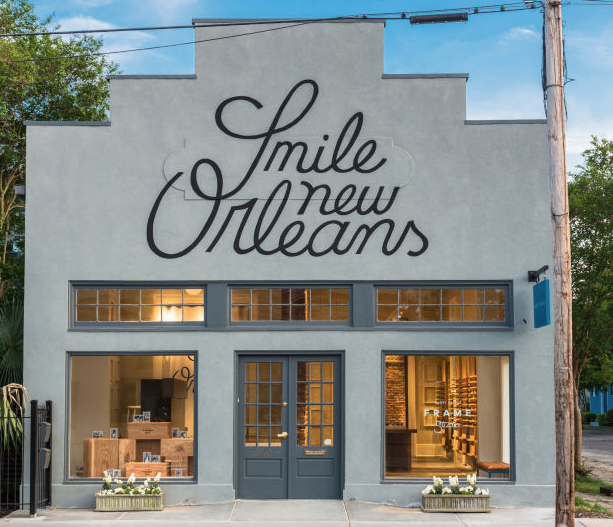
But it isn’t just a bunch of cool kids hanging around looking at glasses. This approach drives some serious sales as well. The Wall Street Journal estimated that Warby Parker was raking in $3000 per square foot each year in these ‘brand experiences’. For reference, the national average of sales per square foot in the US is $341 in retail malls, and $400 per square foot in specialty retailers according to The International Council of Shopping Centers (ICSC).
So, what’s the secret? In a time when well-established US retail chains like The Gap, Office Depot, Barnes and Noble, Sears, and even former millennial favorite Aeropostale are announcing major store closures, how is it that someone like Warby Parker has lineups to get in? And what can retailers learn from them to get more customers in-store?
Three Lessons from the New Breed of Retail
Most experiences of retail are, frankly, pretty unremarkable. It’s still surprisingly rare to walk away from a store with a memory worth sharing – other than the purchase itself. This leads to commoditization for customers. When there is nothing more than the product to remark upon, the impetus for the purchase will become the best deal.
But when it comes to those stores that are filled with people from open to close, such as Warby Parker, but also Shinola, Apple, J.Crew, Frank & Oak, Sephora, and Harry’s, the price isn’t as big of a consideration. Why is that?
There are three overarching themes that have completely shifted the customer relationship with the retail brand to note. They are:
- Adapting to the local customer’s community
- Using technology to streamline customer service
- Prioritizing experiences over sales
One. Adapting to the local customer’s community.
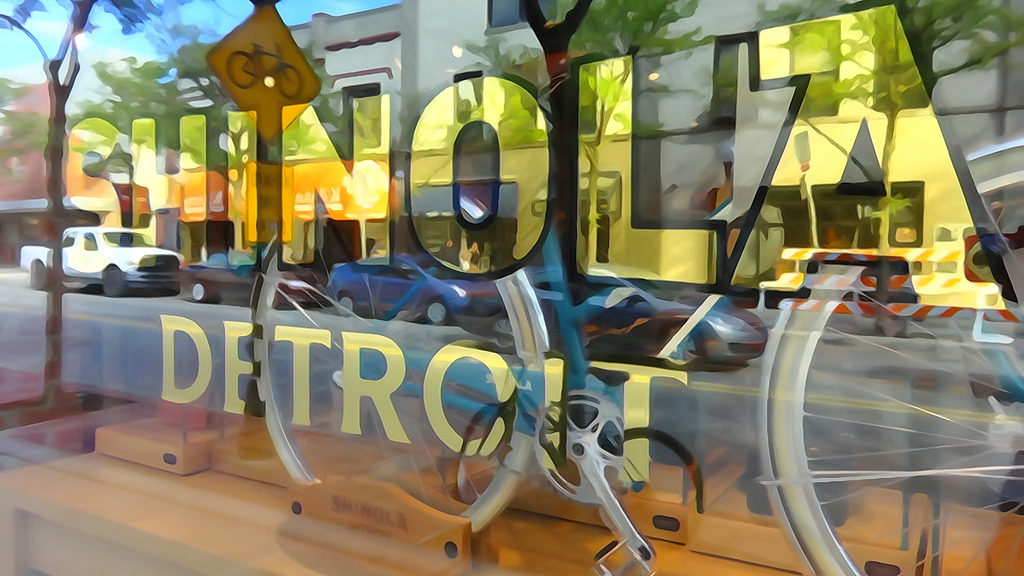
Connecting with the local community is something Shinola – an upscale lifestyle brand that sells watches, bicycles and leather goods – understands intimately. Much like the Warby Parker stores, Shinola stores are filled from open to close and their sales show for it. Even Jimmy Kimmel is a fan of the brand, promoting them on the show after purchasing one of their bikes for his wife.
Though Shinola was originally a shoe polish brand founded in Rochester, New York in the 1800’s, the name was acquired by a Dallas, Texas based venture capital firm in 2001 and rebirthed in Detroit, Michigan in 2011 as a lifestyle brand. The choice of birth city for Shinola was intentional. It’s tagline is “Where American is Made,” harkening back to the roots of Detroit. By making the decision to base its home and create jobs in a city once known for manufacturing (and now hurting for the offshoring of manufacturing), they ignite a local pride that has propelled the brand into the hearts and minds of American customers.
In the case of Warby Parker, each store that is opened takes on the flavor of it’s new neighborhood, with painstaking efforts to blend in beautifully with the local culture and tastes. They pick locations locally thought of as ‘cool streets’, a term coined by commercial property realtor Cushman Wakefield – essentially where the cool kids hang out. Even the books they choose to promote on their shelves are hat tips to local authors.
By understanding the local context rather than imposing a generic brand standard on a local population, they communicate that they are not invading, but rather, becoming locals to serve the locals. This creates trust and an instant familiarity (even a sense of ownership) with the brand.
Two. Technology Enhances Customer Service.
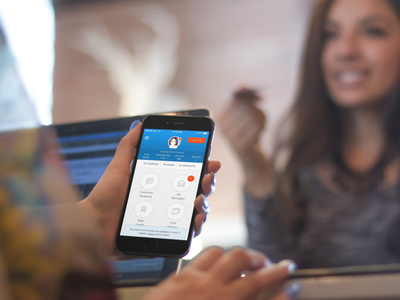
All too often, technology is introduced to a retail environment as a way to make sales more efficient and streamlined, but the leaders know that technology should be used to streamline the customer experience first and foremost.
For Warby Parker, customers can upload their prescription information online, then come into a store to try on the frames. When they get there, the sales reps can access their entire history: shopping date, prescriptions, wish lists, and general profile.
This is also how Salesfloor is used by thousands of retail associates engaged with the platform. A customer can choose to buy from their local associate or browse online and pick their own favorites, then come into the store where their associate will know exactly what they are looking for, potentially setting aside more suggestions ahead of time.
This hyper-personalized use of technology creates a deeper relationship between the associate and the customer, who doesn’t feel sold to, but instead feels understood.
Three. Prioritizing Experiences Over Sales.
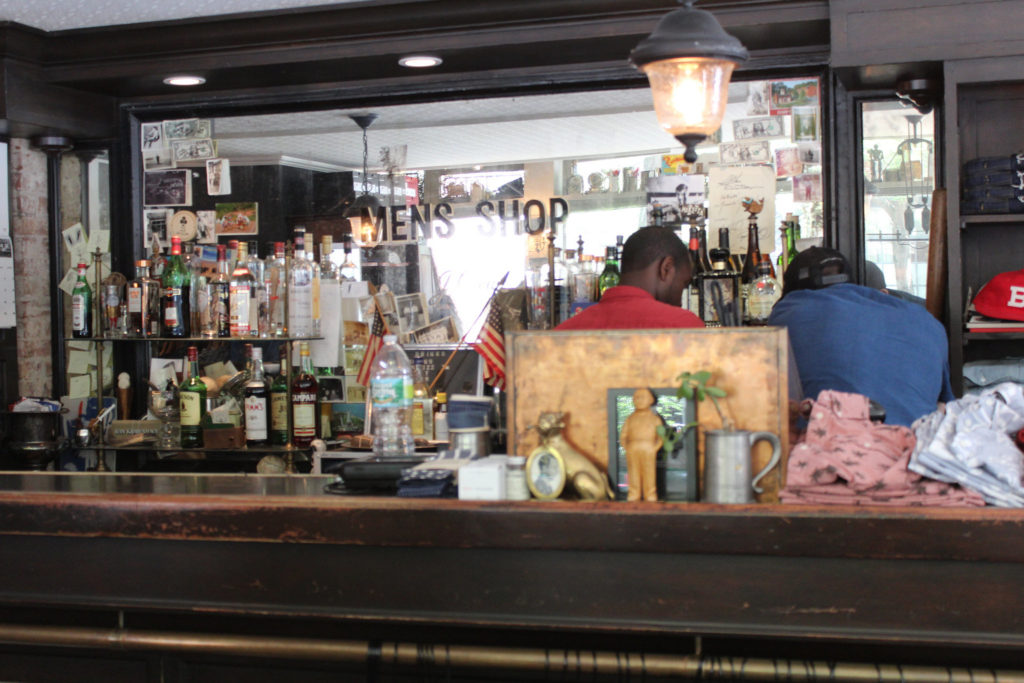
Shinola holds regular whiskey tastings in their stores. Warby Parker holds regular events in their stores, such as a tribute to Buddy Holly (a famous spectacle-wearing icon). J.Crew has a flagship men’s store that also has a bar inside. Sephora gives customers makeovers and has regular live makeup tutorials. Frank & Oak – a contemporary online menswear brand out of Montreal, Canada – has a barber shop and a cafe in their stores. Apple has regular classes on how to use products.
What all of these popular stores have in common is that they have multi-uses for their retail spaces – not for sales events (though they do that, too), but for social and learning events. These events give customers yet another excuse to come into the store. There is no pressure to buy at these events, but if you were meaning to get a new shirt or headphones, they are there to help with this, too.
But it’s not only special events that drive people in-store. Every day, these stores focus on creating an environment that prioritizes the experience over sales. This may seem counterintuitive to what we’ve learned over the years, but several studies point to people more willing to pay for experiences over stuff nowadays. And why is this? Because experiences create memories and bonds and are shareable:
“I will literally say, ‘I don’t want to spend $150 on this dress — but let’s go to this awesome sushi restaurant where I’ll spend $200,’ ” Allen-Mehryar said. “I don’t get buyer’s remorse when I buy food,” she added, because dining out is something she gets to share with friends and family.[Shoppers are choosing experiences over stuff, and that’s bad news for retailers, The Washington Post, January 8, 2016]
By couching products in an experience, you give the customer something more than “stuff” to buy…you give them a story.
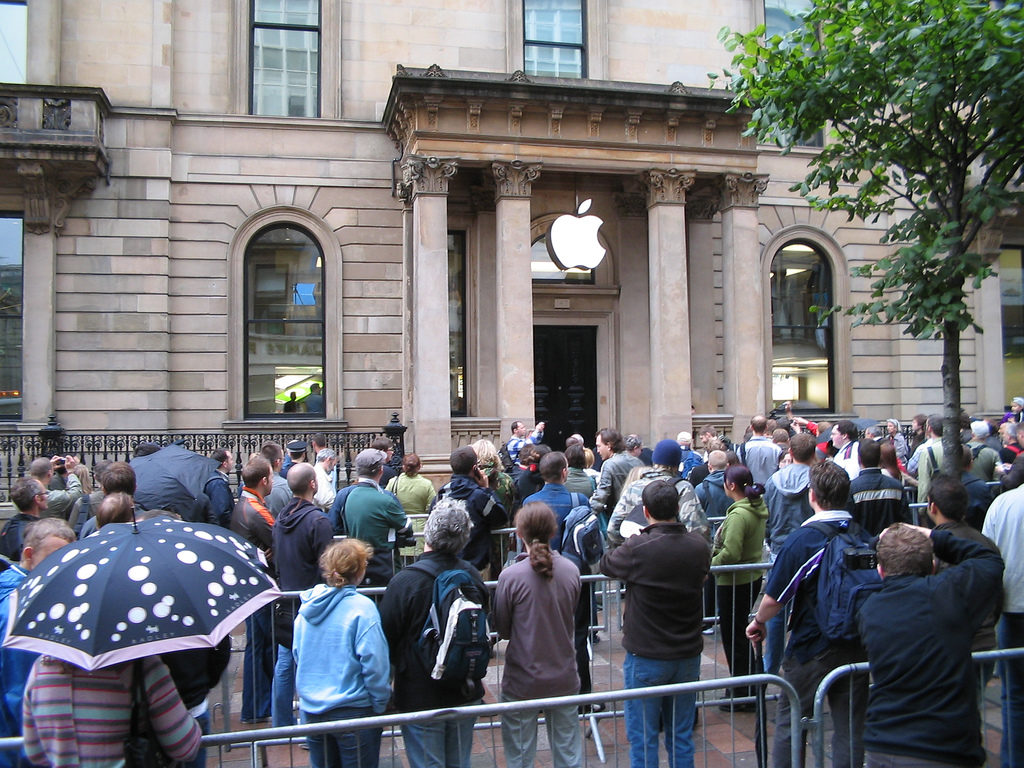
The more the customer gets accustomed to personalized, localized care, technology that streamlines their interactions, and retail that feels more like an experience, the less they will be satisfied with unremarkable ones.
Nordstrom has seen this and has hired the creative team behind the store experiences for Shinola and Warby Parker, Partners & Spade. And it’s not about whisky tastings and barber shops, either. It’s about understanding the shifting desires of the customer in an increasingly commoditized space. When everything looks and feels like everything else, they will gravitate to something that treats them different.
So, what is that experience that you think will drive more customers in store?
